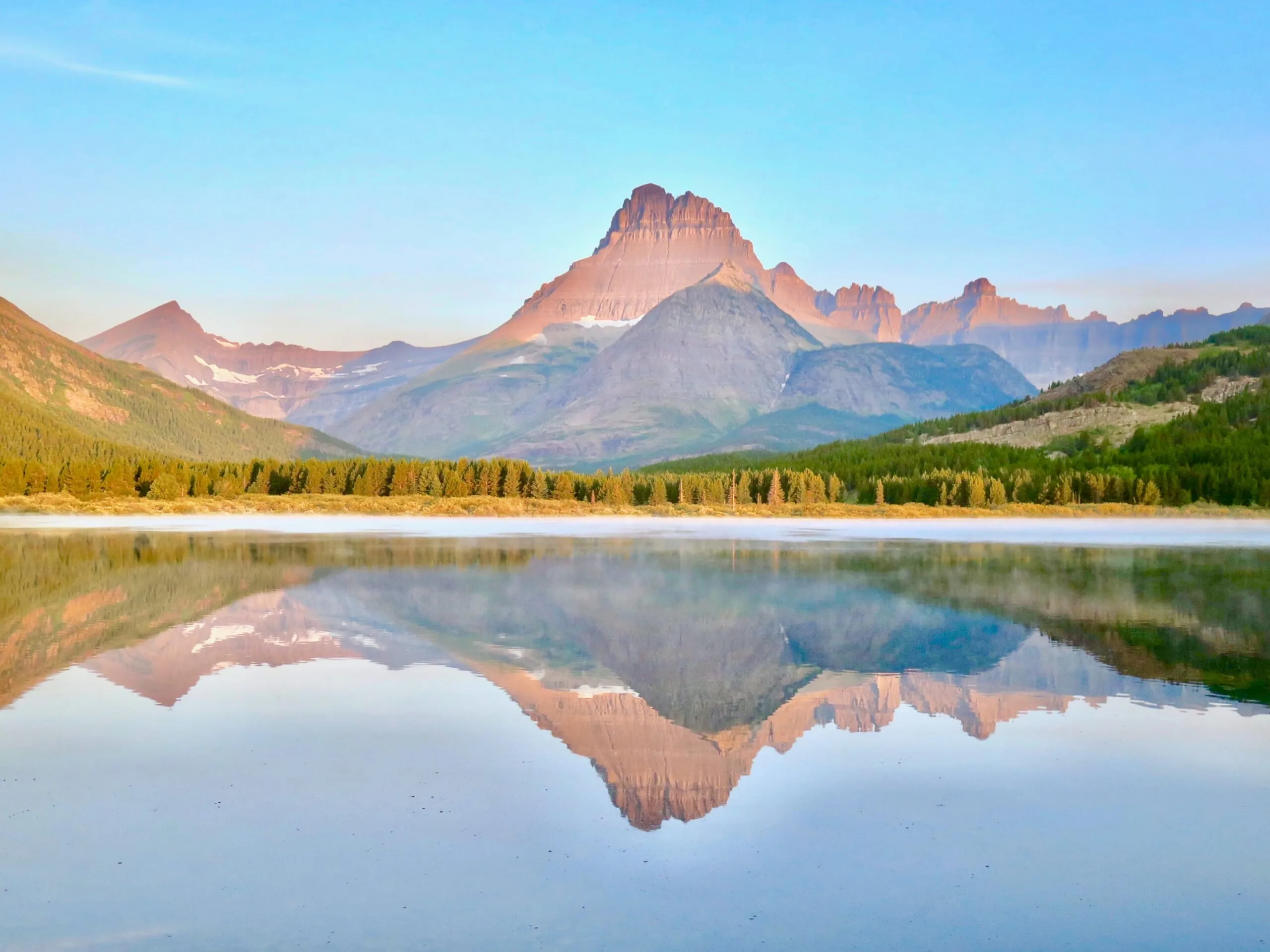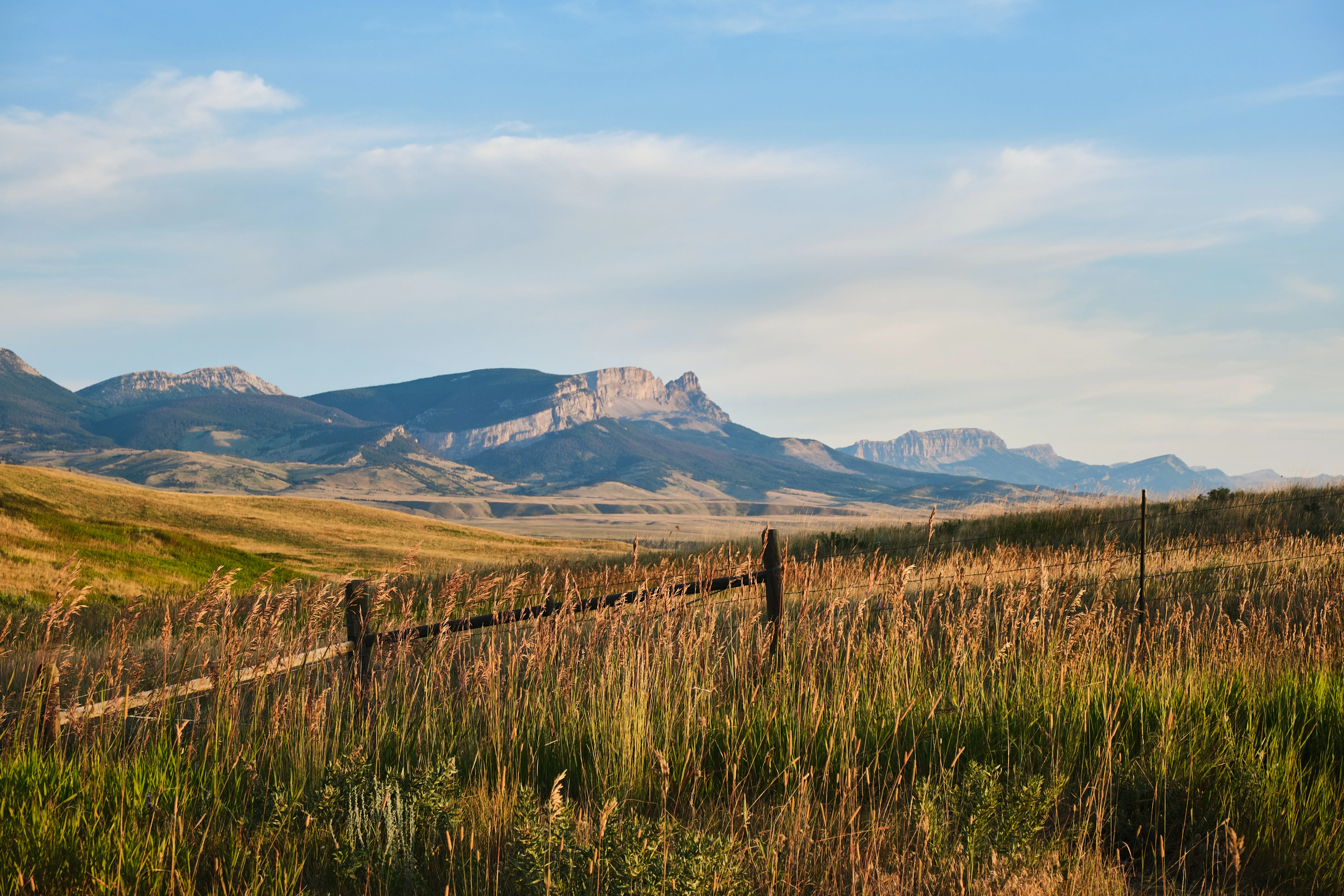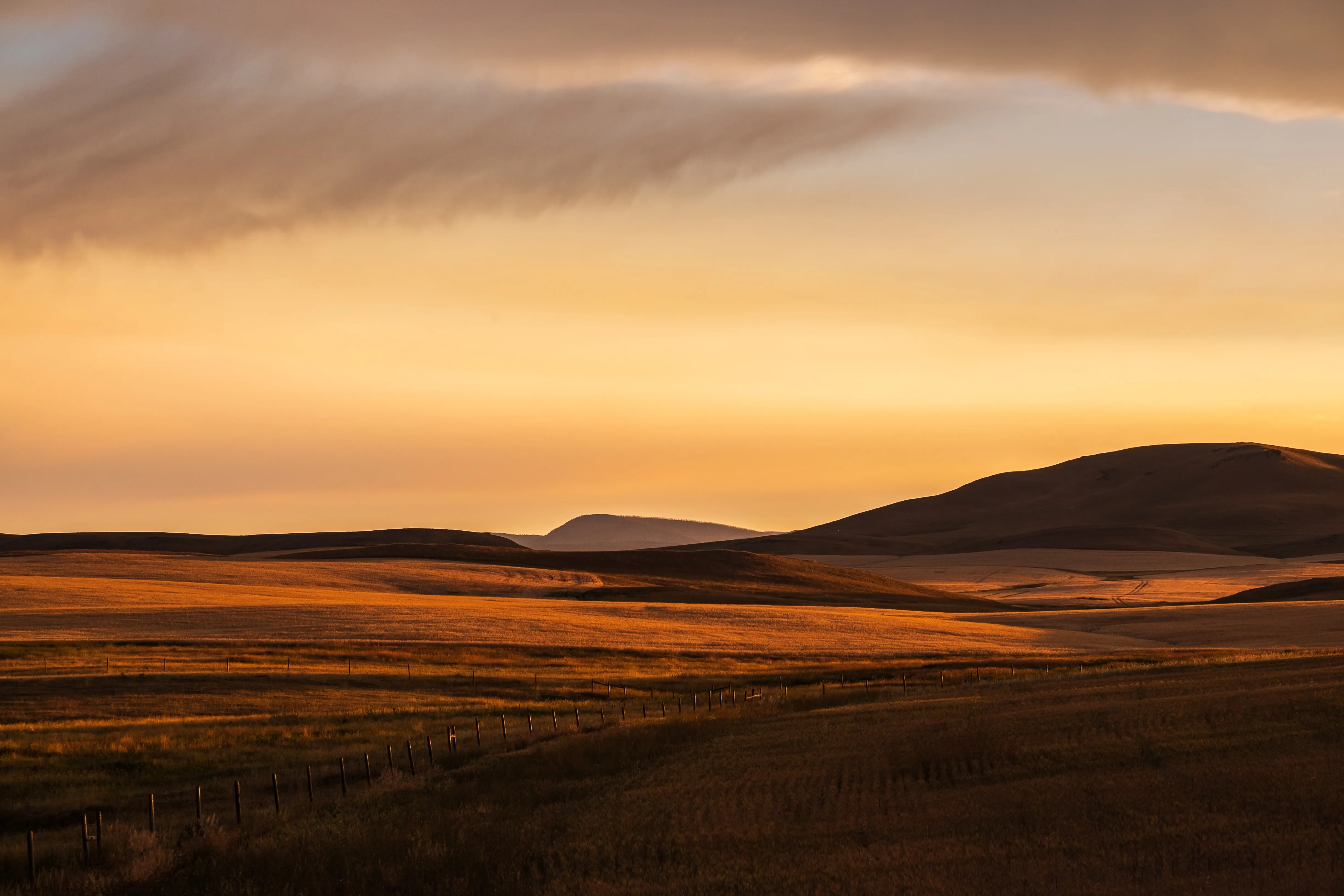Have you ever dreamed of wandering through primeval forests, where the chirping of birds harmonizes with the murmur of streams, and the majestic scenery of overlapping mountains unfolds before your eyes? If yes, then Bighorn National Forest is the ideal destination for you. Nestled in Wyoming, USA, Bighorn is not just a forest, but a treasure trove of nature with countless wonders waiting for passionate explorers. Let “Du lịch khắp thế gian” (Travel Around the World) help you plan an unforgettable journey to this land, where you can immerse yourself in the wild nature and enjoy unique, once-in-a-lifetime experiences.
Bighorn National Forest – Where Diverse Natural Beauty Converges
Bighorn National Forest, spanning over 4,500 km², is a biodiverse region with a harmonious combination of high mountains, dense forests, meadows, and lakes. Established in 1897, Bighorn is one of the oldest national forests in the United States, embodying pristine beauty and rich history.
The most prominent feature of Bighorn is the majestic Bighorn Mountains, with Cloud Peak, the highest peak, reaching over 4,000 meters. This mountain range not only creates spectacular scenery but also divides the forest into two distinct topographic areas: the east side features limestone mountains with ponderosa pine forests and grasslands, while the west side is a rugged granite mountain region with spruce and fir forests.
 Panoramic view of Bighorn National Forest, Wyoming, with mountains and lush green forests
Panoramic view of Bighorn National Forest, Wyoming, with mountains and lush green forests
The diversity of terrain has created a rich ecosystem for Bighorn. The forest is home to hundreds of wildlife species, from large animals such as black bears, elk, white-tailed deer, and Bighorn sheep to rare birds and freshwater fish. The flora in Bighorn is equally diverse, with over 1,200 different species, including wildflowers that bloom in vibrant colors in the summer.
Ideal Time to Explore Bighorn
The best time to visit Bighorn National Forest is from late spring to early autumn, approximately from May to September. During this period, the weather in Bighorn is quite pleasant, with warm daytime temperatures and cool nights, ideal for outdoor activities such as hiking, camping, and fishing.
Summer (June – August) is the peak tourist season in Bighorn. At this time, all roads and campgrounds are open, and you can fully enjoy the beauty of the forest. However, you should also be prepared for crowds and potentially higher service prices.
Spring (May – June) and autumn (September – October) are ideal times for those who want to avoid crowds and enjoy a quieter space. In spring, wildflowers bloom everywhere, creating an incredibly romantic scene. Autumn brings the brilliant yellow and red colors of the foliage, making Bighorn more enchanting than ever.
Winter in Bighorn (November – April) is very cold with heavy snowfall, and many roads and areas in the forest may be closed. However, if you are a fan of winter sports like skiing or snowmobiling, Bighorn is still an attractive destination.
How to Get to Bighorn
Bighorn National Forest is located in northern Wyoming and a small part in southern Montana. There are many ways to get to Bighorn, depending on your starting point and mode of transportation.
By Plane: The nearest airports to Bighorn are Sheridan County Airport (SHR) in Sheridan, Wyoming, and Billings Logan International Airport (BIL) in Billings, Montana. From the airport, you can rent a car or take a bus to towns near Bighorn such as Buffalo, Sheridan, Greybull, or Cody.
By Car: Car is the most popular means of transportation to explore Bighorn. There are several highways leading to the forest, including US Highways 14, 16, and 20. If you are driving from the east, US Highways 16 and 14 will take you through beautiful mountain passes like Powder River Pass and Granite Pass. From the west, US Highway 14A will lead you through Bear Tooth Highway, one of the most scenic byways in America, before reaching Bighorn.
By Bus: Several bus companies offer services to towns near Bighorn, such as Greyhound and Jefferson Lines. However, buses may not be the most convenient option if you want to explore deeper into the forest, as public bus routes within the forest are very limited.
Where to Stay When Visiting Bighorn
Bighorn National Forest offers various lodging options, from camping in the forest to cozy hotels and inns in nearby towns.
Camping: Bighorn has over 30 campgrounds distributed throughout the forest, with various amenities such as restrooms, picnic tables, and fire pits. Camping is a great way to immerse yourself in nature and enjoy the fresh air of Bighorn. However, campgrounds are often crowded in the summer, especially on weekends, so you should make reservations in advance if possible.

Inns and Hotels: If you want more comfortable and convenient accommodation, you can find many inns and hotels in towns surrounding Bighorn such as Buffalo, Sheridan, Greybull, and Cody. These towns have full tourist services such as restaurants, shops, and tourist information centers.
Cabin Rentals: Another unique lodging option in Bighorn is renting a cabin. There are several cabins located in or near the forest for rent, giving you privacy and home-like comfort while still being close to nature.
Must-Do Activities in Bighorn
Bighorn National Forest is a paradise for outdoor enthusiasts. Here are some activities you shouldn’t miss when visiting Bighorn:
Hiking: Bighorn has over 1,500 miles of hiking trails, suitable for all levels and preferences. From easy lakeside trails to challenging mountain summit routes, Bighorn has something to offer everyone. Some popular trails include Cloud Peak Skyway, Tongue River Canyon Trail, and West Tensleep Trail.

Camping: Camping is a wonderful experience to enjoy the pristine beauty of Bighorn. You can choose to camp at designated campgrounds or backcountry camping in more remote areas. However, if backcountry camping, you need to obtain a permit and comply with environmental protection regulations.
Fishing: Bighorn is a popular fishing destination with many clear lakes and streams. You can fish for brook trout, lake trout, rainbow trout, and many other species. To fish in Bighorn, you need a Wyoming state fishing license.
Wildlife Viewing: Bighorn is home to many rare wildlife species. You can easily spot elk, white-tailed deer, Bighorn sheep, ground squirrels, and many bird species in the forest. If you are lucky, you may even see black bears or bobcats.
Mountain Biking: Bighorn has several trails dedicated to mountain biking, offering challenges and exciting experiences for enthusiasts of this sport.
Scenic Driving: Bighorn has many beautiful scenic driving routes, allowing you to admire panoramic views of the forest from above. Bear Tooth Highway (US Highway 212) and Bighorn Scenic Byway (US Highway 14A) are two of the most famous routes.
Useful Travel Tips When Exploring Bighorn
To have a complete and safe trip exploring Bighorn National Forest, keep in mind these tips:
- Book in Advance: If you travel during peak season or want to camp at popular campgrounds, book in advance to ensure accommodation and avoid being fully booked.
- Prepare Appropriate Clothing: The weather in Bighorn can be unpredictable, especially in high mountain areas. Bring warm clothes, waterproof jackets, hats, gloves, and comfortable hiking shoes.
- Bring Enough Water and Food: Especially if you plan to hike or camp, bring enough drinking water and snacks to ensure health and energy.
- Use Sunscreen and Insect Repellent: The sun in high mountain areas is very strong, and insects can be annoying, especially in the summer. Use sunscreen and insect repellent to protect your skin.
- Learn About Wildlife Safety: Bighorn is home to many wildlife species, including black bears. Learn about safety measures when encountering wildlife and always keep a safe distance.
- Comply with National Forest Regulations: Comply with national forest regulations such as no littering, no campfires in unauthorized areas, and no impact on the natural environment.
- Check the Weather Forecast: Before starting any outdoor activities, check the weather forecast to prepare for potential changes.
- Bring a Map and Compass or GPS: If you plan to hike in remote areas, bring a map, compass, or GPS device and know how to use them.
- Inform Relatives or Friends: Before entering the forest, inform relatives or friends about your plans and expected return time.
Conclusion
Bighorn National Forest is a hidden gem of Wyoming, offering visitors unforgettable wilderness and natural experiences. From majestic mountain peaks to clear blue lakes, from dense forests to vast meadows, Bighorn has everything to please passionate explorers. Plan your trip today and prepare to be conquered by the magical beauty of this national forest. Bighorn is not just a tourist destination, but also a journey of self-discovery and deep connection with nature.